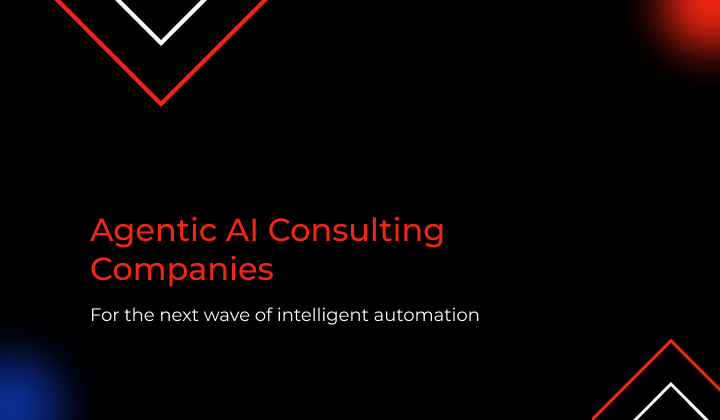What is Agentic AI and Why Businesses are Moving Toward It?
Think of Agentic AI as a skilled digital teammate. It observes its environment, sets goals, makes decisions, and adjusts as situations evolve. It doesn’t need to be told what to do at every step—it figures out the “how” once you’ve set the “what.”
Where traditional AI models focus on outputs such as classification, translation, and prediction, agentic systems pursue outcomes. They can reason through complex tasks, learn from feedback, and operate independently within a set of constraints.
For product builders and operational leaders, this creates leverage. Agentic AI enables:
➜ Workflow automation without rigid rule-based systems
➜ Real-time decision-making in dynamic environments
➜ Personalized user experiences at scale
➜ Adaptive systems that improve with use
Businesses already using agentic models see shorter cycle times, reduced dependency on human inputs, and more resilient systems.
To learn more about the workflow behind it, read this insightful blog ➡️ AI Agentic Workflows



 16 mins
16 mins











 Talk to Our
Consultants
Talk to Our
Consultants Chat with
Our Experts
Chat with
Our Experts Write us
an Email
Write us
an Email







